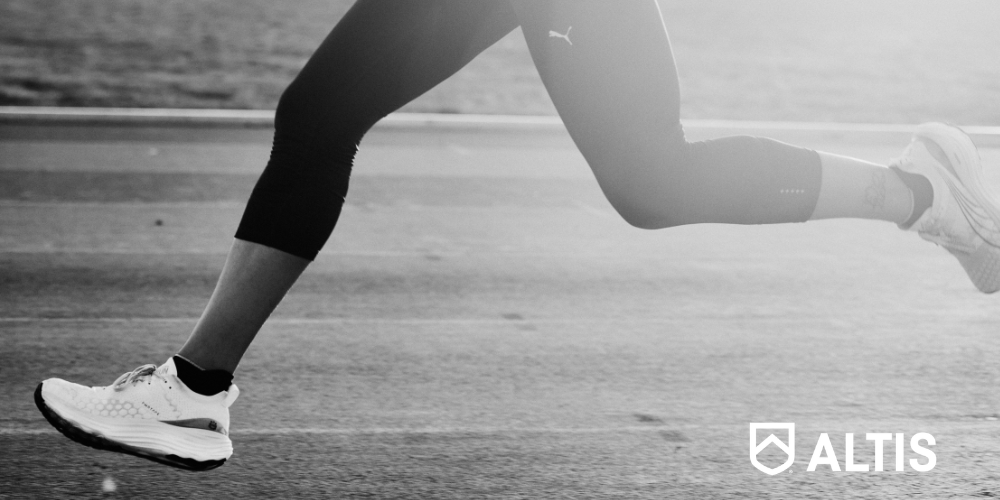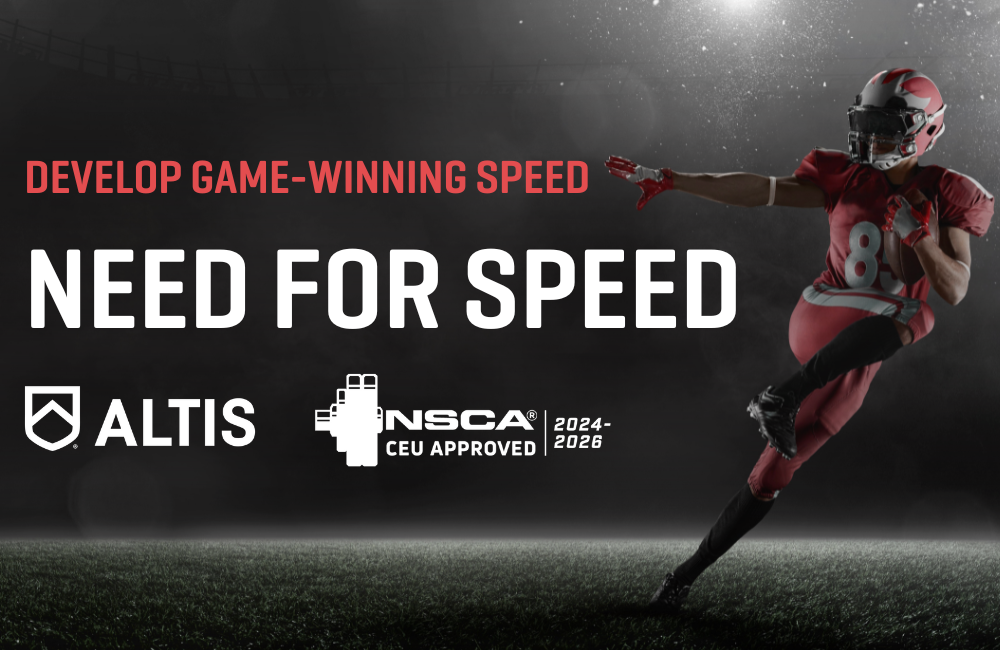Expand your hamstring training toolbox
Join Coach Andreas Behm, and expand your hamstring training with a twist!
Discover the lesser-known sibling of scissor bounds - the Flexed-Leg Scissor Bounds (FLSB) - and rethink your approach to hamstring strength and health. Whether you're warming up or winding down, FLSBs are the versatile exercise you didn't know you needed.
Time to flex a little bit - but not in the mirror like most of you are picturing right now. We are actually looking to help you expand your hamstring training tool-box.
By now, most of you know that hamstring development is a multi-factorial and diverse process. This involves exercises in the weight room, on the track, and executing your training sessions with precise technique.
You also might be familiar with ‘scissor bounds’ (aka straight-leg bounds) and know that these are good exercises to load the posterior chain. But their lesser known sibling – the flexed-leg scissor bounds (FLSB) – is equally as important an exercise to deploy for hamstring strength and health.
How to do FLSBs you ask?
Simply, squat down into between a ¼ to ½ squat position your hips and knees will now be flexed. Aim to squeeze around the knee to lock the knee joint in place and do a motion like a scissor bound. The knee joint should remain flexed – and fairly consistent – throughout the swing.
Easy enough!

FLSBs differ from regular scissor bounds in terms of where the posterior chain is loaded. For some athletes, a FLSB may load more proximal areas of the hamstring [closer to the buttocks], while for others, it might be the opposite.
By effectively utilizing both scissor bounds and FLSBs, we can do a better job of loading a larger range of the hamstrings.
Like normal scissor bounds, we use FLSBs as part of warm-up routines, or even do them after training sessions to responsibly load the posterior chain while the athlete is in a state of increased fatigue. You can vary the range of motion and/or the intensity based on the workout. They are a fairly versatile exercise.
Go ahead – give them a try!




